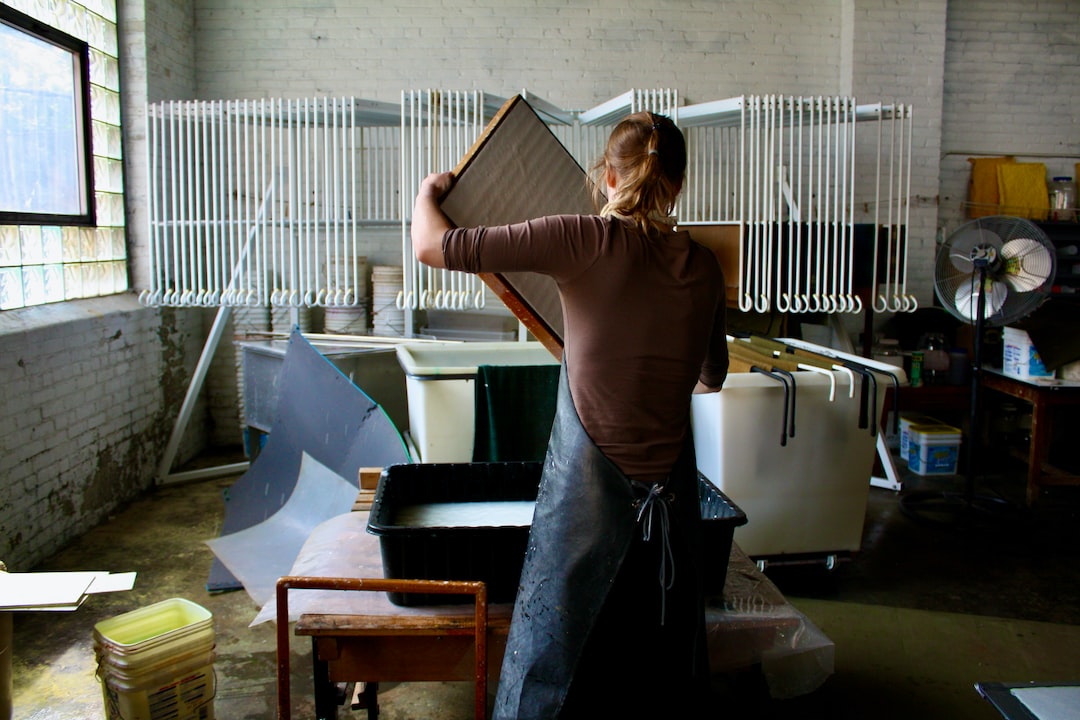The Art of Feng Shui: Creating Harmony in Your Home
In our fast-paced and busy lives, it is essential to find moments of peace and serenity. One way to achieve this is by creating harmony in your home. With the ancient practice of Feng Shui, you can create a space that promotes balance and positive energy flow. Let’s explore the art of Feng Shui and discover how to bring tranquility into your living space.
Feng Shui, which translates to “wind-water,” is a Chinese practice that dates back over 3,000 years. It is centered around the belief that our physical surroundings impact our well-being. By arranging and organizing our homes according to the principles of Feng Shui, we can enhance our lives holistically.
One of the fundamental principles of Feng Shui is the Bagua map, which divides a space into eight areas, each representing a different aspect of our lives. These eight areas are wealth, fame, relationships, family, health, creativity, knowledge, and helpful people. By focusing on these areas, we can create a balanced and harmonious environment that supports these aspects of our lives.
Start by decluttering your home. Clutter not only creates physical chaos but also blocks positive energy flow. Take the time to eliminate unnecessary items and organize your belongings. This will create a sense of space and freedom in your home.
Next, pay attention to the placement of objects and furniture. In Feng Shui, the flow of energy, or “chi,” is essential. Arrange furniture in a way that allows energy to circulate freely. Avoid blocking doorways and pathways, as this can disrupt the natural flow of energy. Additionally, position your bed in a place where you can see the door, but avoid aligning it directly with the door.
Colors play a significant role in Feng Shui as well. Each color represents a different element and has a unique energy. For example, red symbolizes passion and vitality, while blue represents calmness and introspection. Consider incorporating these colors into your home decor to evoke specific energies that align with your goals and desires.
Plants are another essential element in Feng Shui. They provide a natural and calming energy to any space. Choose plants with rounded leaves, as they are believed to be more soothing and gentle on the eyes. Additionally, placing plants near windows helps purify the air and bring in fresh energy.
The five elements of Feng Shui, namely wood, fire, earth, metal, and water, should be balanced within your living space. Each element represents different qualities and can be incorporated through colors, shapes, and materials. For example, wood is associated with growth and vitality, so incorporating wooden furniture or decorations can enhance this element in your home.
Lighting also plays a crucial role in Feng Shui. Natural light is highly desirable, as it provides warmth and positive energy. If natural light is limited, opt for soft, ambient lighting to create a cozy and comforting atmosphere. Avoid harsh or dim lighting, as they can disrupt the balance of energy within your space.
Lastly, consider the placement of mirrors in your home. Mirrors are powerful tools that can reflect and redirect energy. They can be used to expand space, draw in positive energy, or deflect negative energy. However, be mindful of what the mirror reflects. Avoid placing mirrors in a way that reflects clutter or negative aspects of your space.
Applying the principles of Feng Shui to your home requires intention and mindfulness. It is a continuous process of observation, adjustment, and learning. By creating a harmonious environment, you can promote a sense of balance, inner peace, and well-being for yourself and your loved ones.
In conclusion, the art of Feng Shui offers a holistic approach to harmonizing your living space. By decluttering, organizing, and incorporating the principles of Feng Shui, you can create a home that supports your goals and enhances your overall well-being. Embrace the ancient wisdom of Feng Shui and transform your home into a sanctuary of peace and tranquility.

